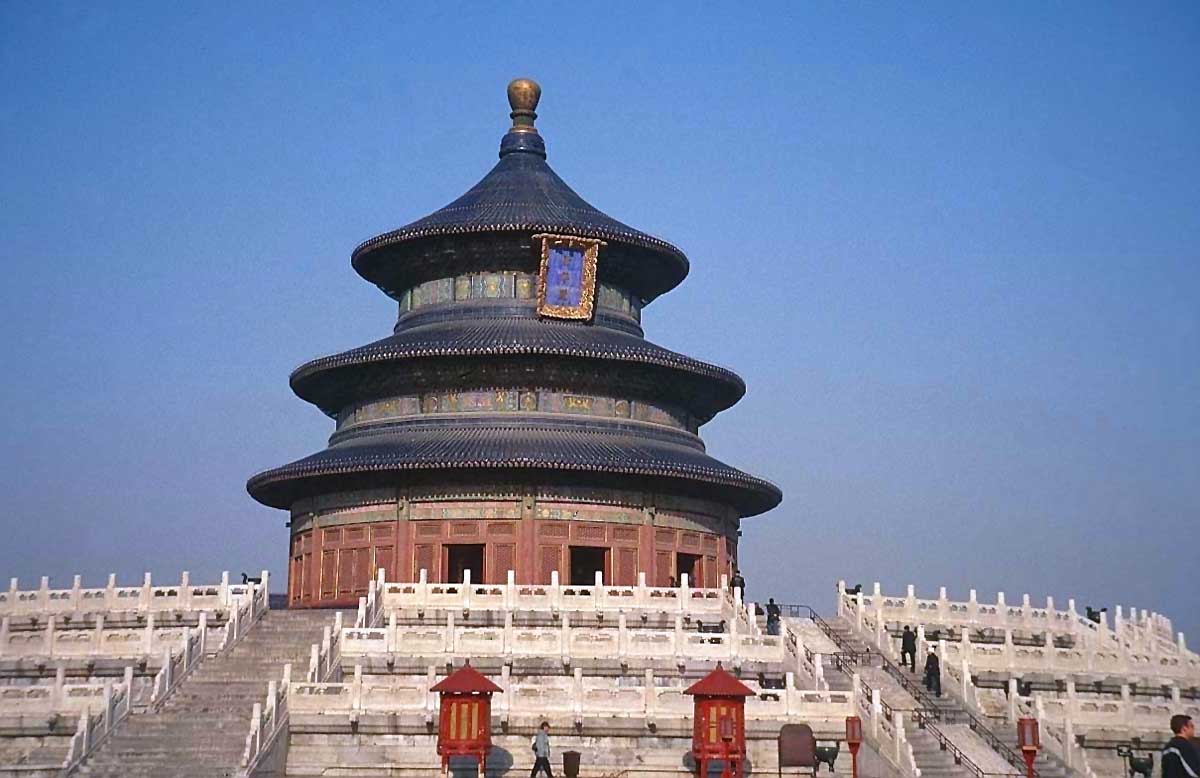Podcast Script
Siqi: Hello. I'm Siqi and with me is Sherry. Welcome to Mystery Land, my personal blog which recommends the awesome places you have to travel in a mysterious eastern country--China. Today, we are going to be discussing a small beautiful island in the Southeast of Asia: Taiwan. If you love the warm comfortable beach and ocean, and if you love sea food, desserts, and shopping, you must come to Taiwan. We recommend you listen to this podcast very carefully as it contains important information you will need as you get ready to eastern Asian. And I also invited Sherry with me today as she is come from Taiwan, now she is an international student in Washburn University. I believe Sherry will give us the most attractive pictures of Taiwan today.
Sherry: Thanks Siqi, yes, I am a Taiwanese, and I have to say, Taiwan is one of the most beautiful islands in Asian.
Siqi: I bet it is. I heard Taiwan is known for its distinctive nature scenery, like towering mountains which is spotted with numerous mountains peaks that rise over 3,000 meters, and beautiful coastal scenes that are parts of Taiwan's great natural assets. Is that true?
Sherry: Absolutely, starting from the northern island is the Guanyinshan National Scenic Area which features a wide variety of coastal geography. Go to the south, and you will come to the Southwest Coast that blessed with sunshine and a tropical touch. In the west is the Maolin National Scenic Area, the place you can check out the world of butterflies. Legendary tales depict the subtle beauty of the Mountain Ali, where you can enjoy relaxing scene of the sun rising over a sea of clouds.
Siqi: Wow, it seems Taiwan is full of nature landscapes. I wish I can escape from all of these final exams and lay on the Southwest Coast now and enjoy the wind from Atlantic Ocean. That must be wonderful.
Sherry: I've enjoyed that, and trust me, you will love that!
Siqi: Yes, I'll do that. I also heard one of the other reasons that makes Taiwan distinctive and different with other tourist attractions is "road food," especially "night market." Can you tell a little about that to us?
Sherry: You know what? That is the thing I miss most since I came to U.S.. “night market” is the most popular place for people to have fun at night. The compositions of night market are different kinds of stores, food vendors, and some traditional entertainment. People can bargain with the store-owners to buy clothes, shoes, decorations, and almost everything they want at cheaper prices. Also, there are several famous snacks and beverages such as bubble milk tea, stinky tofu, oyster omelet and some other brand new choices for tasting. By playing the games like balloon shooting, net fish, and other small-scale games could get a chance to win a few prizes.
Siqi: I see, night market seems not only provides food and kinds of commodities, but also embodies the real life of Chinese middle class citizens.
Sherry:You are right!
Siqi: Thanks Sherry, for sharing such a beautiful place with us. If you want to know more information about Taiwan, please search the website eng.taiwan.net.tw/ or you can find this link on my blog. Follow Mystery Land on blogger, for all interesting Eastern culture and travel information. Thank you for listening!






